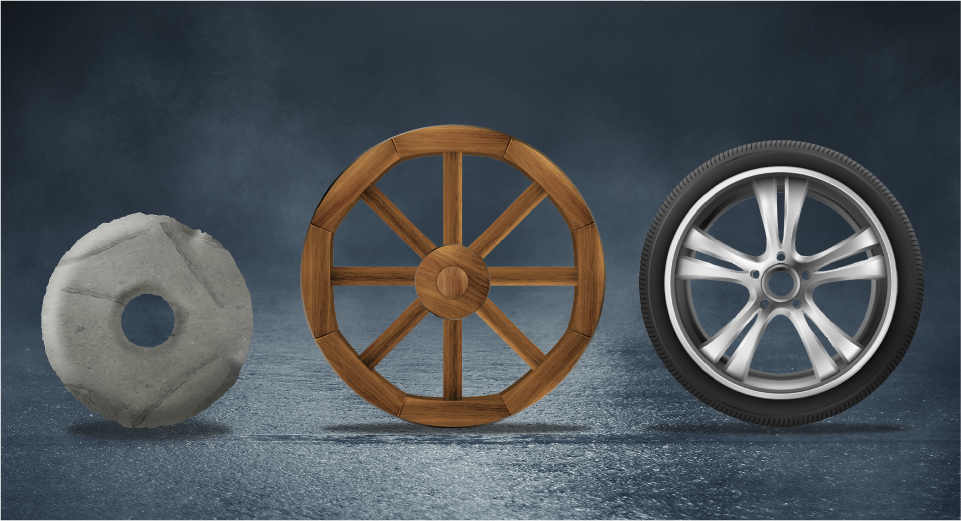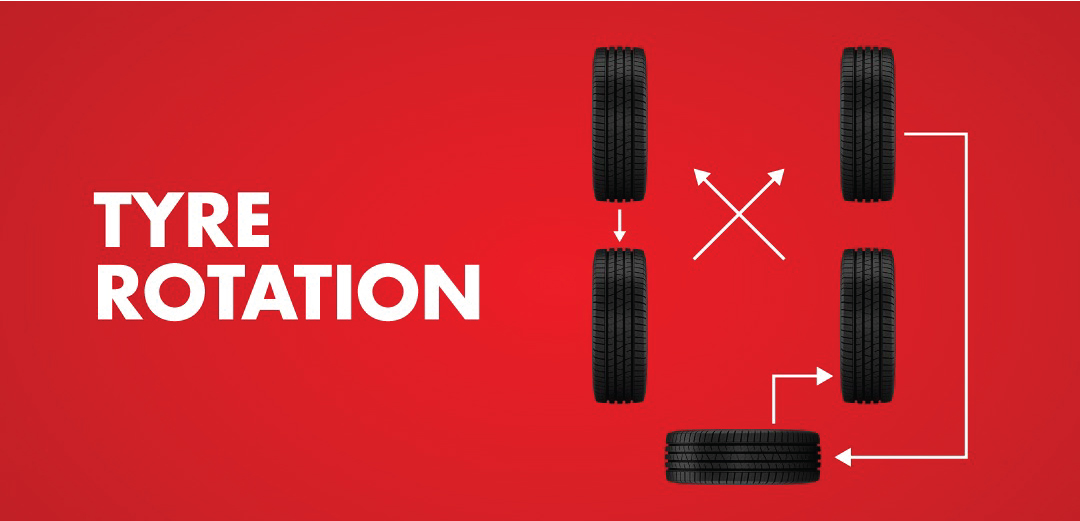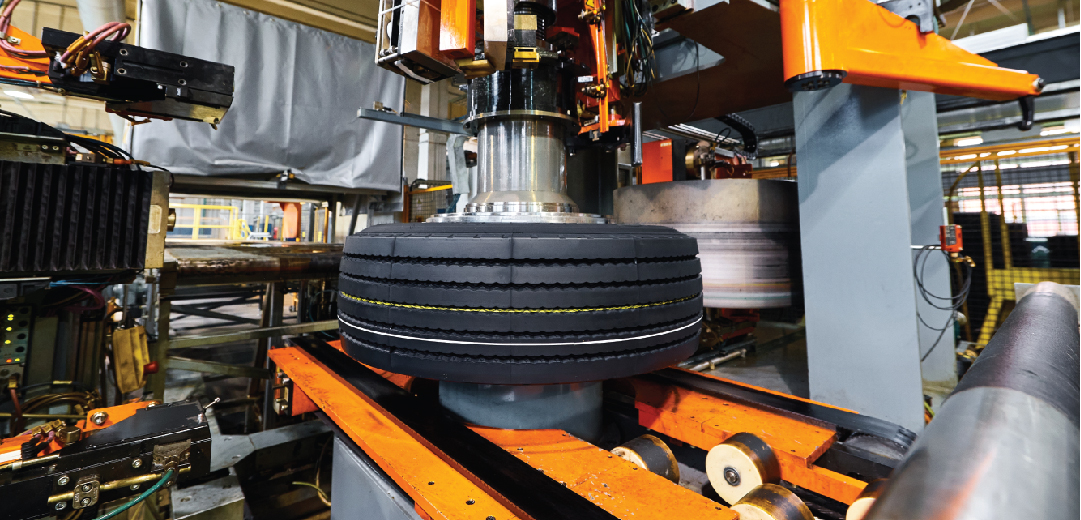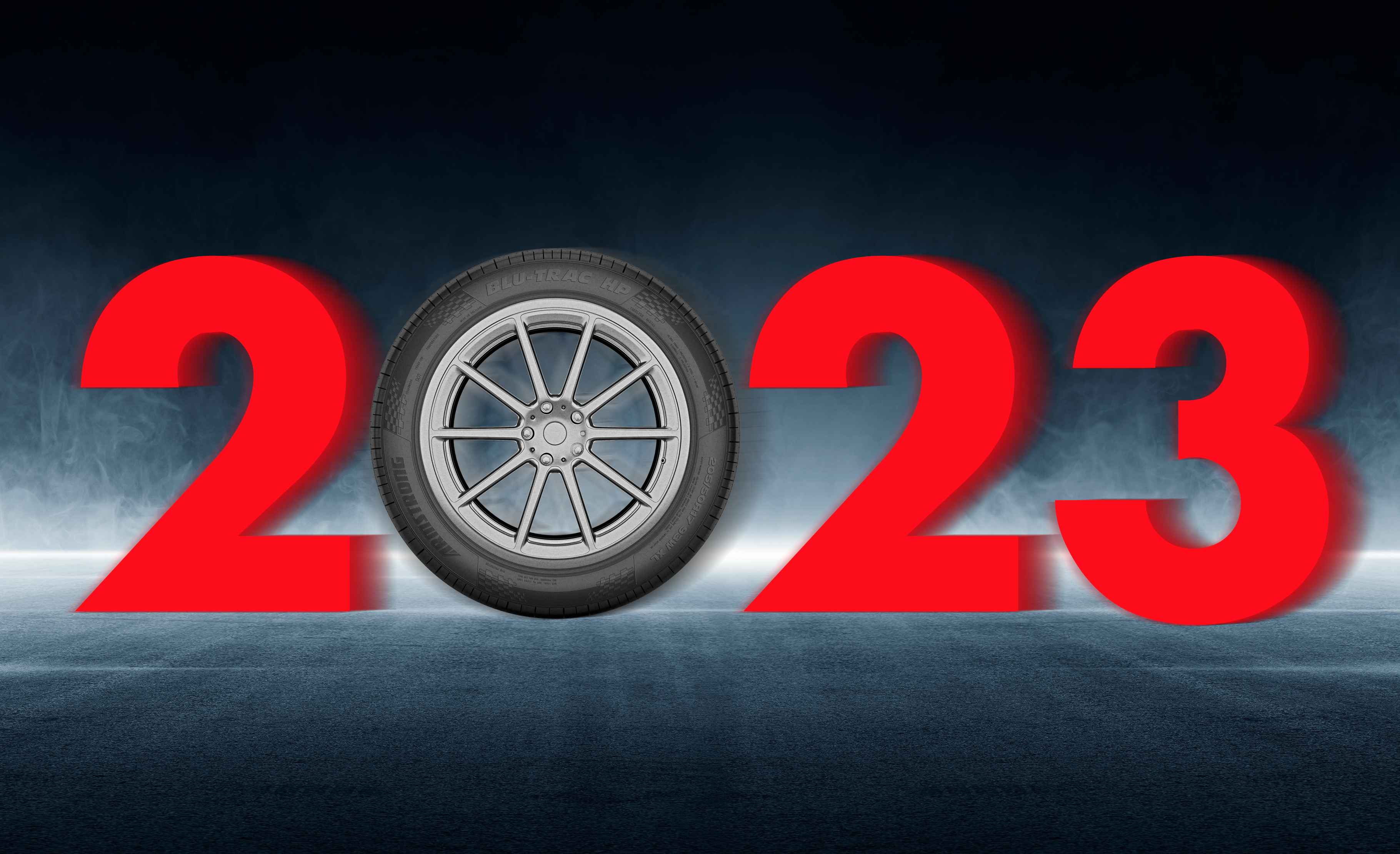
Evolution of Tyre
Technology
You
probably don't give much thought to your tyres. Despite the fact that they are
the sole point of contact between your vehicle and the road, they are one of
the most critical aspects of having a safe vehicle.
As
a result, it's easy to overlook their humble beginnings and how far they've
gone.
Keep
reading to learn about the extraordinary evolution of the basic wheel, which
has led us from simple rubber rings to the innovative products we have today.
Wheels
were created circa 3500 BC and consisted of a curved piece of wood put under
any heavy object that needed to be moved from one location to another.
Wooden Tyre
This
ride, however, was the greatest creation of man, but it also had many
challenges while transferring from one location to another because of its
stiffness. Later, leather was used to soften the ride, but the leather was
eventually replaced with rubber.
Solid Rubber Tyre
In
1837, Charles Goodyear designed the rubber tyre. The original rubber tyre, on
the other hand, was pure rubber, which meant it contained no air and was
utilized by slow-moving vehicles.
Benz's first gasoline automobile,
which debuted in 1888, used metal tyres coated in air-filled rubber. This was a
defining moment in the tyre business. Pneumatic tyres were introduced for the
first time.
Tread Tyre
In 1905, the tyre tread was
introduced, which shielded the tyre carcass from direct contact with the road.
It also enhanced the amount of tyre resistance.
Balloon Tyre
This was known as a balloon tyre, and it contained low-pressure air for travel on soft or uneven ground.
Eleven years later, in Finland, the first winter tyres, often known as snow tyres, were developed. Tubeless tyres were invented in 1947, which assisted in the vehicle's weight reduction.
Radial Tyre
Radial tyres were originated in the 1950s and offered superior fuel efficiency to other tyres. Even at high speeds, they provided good driving steadiness.
The run-flat tyre appeared more than two decades later. The benefits of this specific tyre were that even with a punctured tyre, the car could travel 50 miles at 50 mph for 50 miles. However, new types of tyres were later developed, including eco-friendly tyres and the Ultra-High-Performance tyre.
Pushing the Limits: Recent Advancements in Tyre Technology
Tyre technology continues to evolve, pushing past boundaries with exciting new developments. Self-inflating tyres eliminate the hassle of flat tyres, while airless options provide puncture resistance and extended lifespans. Smart tyres promise real-time data for optimal safety and performance. Sustainability is also taking centre stage, with eco-friendly materials and 3D printing paving the way for customised, low-impact tyres. These innovations are just the beginning, promising a revolution in how we navigate the future.
Armstrong Tyre
Armstrong, founded in 1912 by George F. Armstrong, was yet another example of pneumatic tyres that was renowned as the world's fifth-largest tyre manufacturer by the 1960s.
Armstrong Tyres is currently part of the ZAFCO brand family. As the manufacturer of Armstrong Tyres, ZAFCO ensures that the Armstrong legacy is maintained with enhanced compounding materials for increased rolling resistance, traction, and handling while retaining a long tread life.
It is the first firm to provide bias tyres made of fibreglass cable that does not overheat when driven at high speeds.
It employs "cold" synthetic rubber manufacturing techniques. Also, it makes use of Tredlock technology (belts with weaved layers that boost the rubber construction's resilience and dependability).
ZAFCO is not only the manufacturer of Armstrong Tire but also its distributor since 2012. The goal is to provide tyres with increased performance and durability on the road in order to avoid any unexpected mishaps. in order to experience a continuous journey with no discomfort or interruptions along the way.
.jpg)



Armstrong Tyre's Guide to Safe Summer Driving in MEA: Tips, Tricks, and Tyre Safety
13-Jul-2023
Read More
